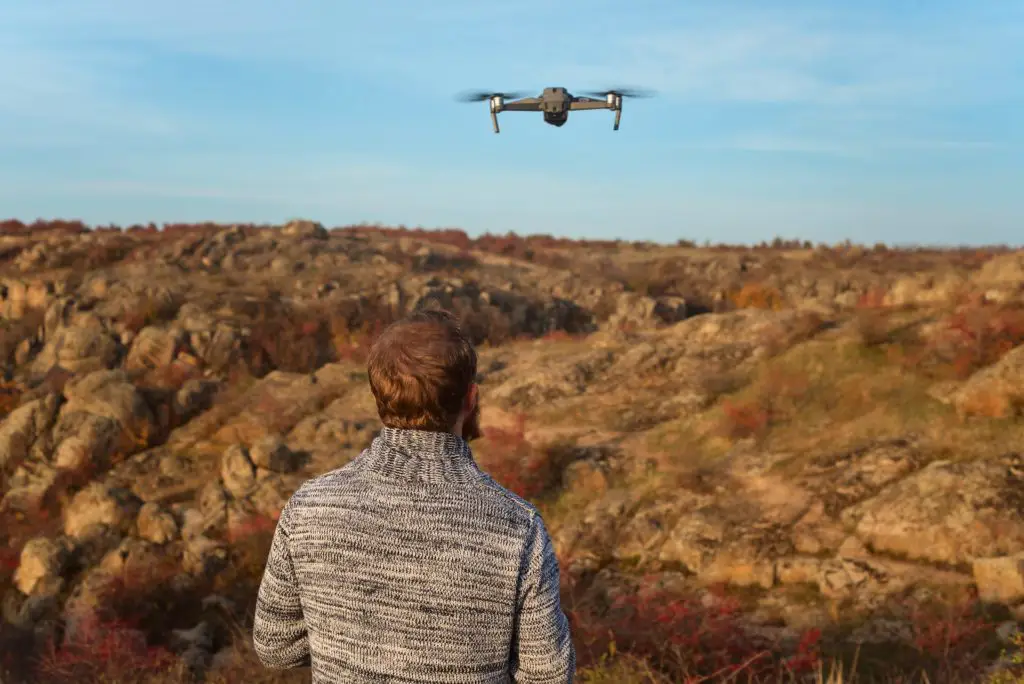
Drone technology is enhancing and modernising the global approach to wildlife conservation. Protecting our endangered wildlife, habitats, biodiversity, and ecosystems has evolved far from traditional rangers and anti-poachers.
There are a multitude of ways how drones have a positive impact upon protecting our wildlife and forests around the world. For example, a drone’s state-of-the-art technology can help to restore forest ecosystems and biodiversity, detect wildfires, and collect important data for conservationists.
Drones helping reforestation and monitoring wildfires
According to the FAO (Food and Agriculture Organisation of the United Nations), in 2020, forests covered 31% of global land area. Drones can be at the forefront of combating wildfires. Although they are a natural occurrence, drones can help to manage them and detect the direction the fire is moving in. This helps firefighters to determine the best way to tackle the wildfire and how to utilise their crew and resources. The footage captured by the drones can provide information to the crew to ensure that they are safe and not at risk when combatting the wildfire, saving lives and wildlife. The way that drones can help reforestation in areas of devastation is by the method of ‘seed dropping’. This is where drones fly over an area of land and plant seeds during their flight, this is one rapid way of helping bring forests back to life after facing a wildfire or loss of biodiversity. As a result of using drones to help reforestation, they can observe the progression of the forest ecosystem through aerial footage and data.
Drones used for wildlife and nature conservation
Drones are an efficient and cost-effective method of monitoring endangered and threatened wildlife. They can cover a large, sufficient surface area and a drone’s artificial intelligence enables their route to be mapped and performed quickly. The use of drones to survey locations and wildlife at the risk of poachers and endangerment is a step in the right direction to their protection. A drone operator (or the mapping drone) must have a naturalist approach when surveying the targeted area because it is important not to frighten the wildlife in their natural habitats. The low noise footprint emitted from drones is less likely to scare the animals in comparison to a ranger or anti poacher approach. Drones can count the animals within the landscape through the data they generate, and they can have alerts programmed for any recognised potential threats to wildlife and their habitats. This data is typically more accurate in comparison to the traditional methods, for example: a ranger physically counting the number of animals within one area.
One example of a drone used for conservation purposes is the DJI Mavic2 Enterprise Advanced. Heliguy state that the drone has been used in a project by scientists to survey endangered species within an area through the thermal sensors on the drone which can identify the ‘different types of animals from the patterns of heat they emit’. Heliguy delve deeper into how the DJI Mavic 2 Enterprise advanced is benefitting conservations and why it is a reliable drone to use for wildlife management.
At Coverdrone, we provide insurance to a multitude of clients that use drones for conservational purposes. It with great pride that we are associated with people and organisations within the wildlife conservation and management industry that help to protect our precious wildlife that is at risk of danger. If you do use your drone for similar purposes, or, would like a chat with us to find out more how we can help you please contact a member of our team.
